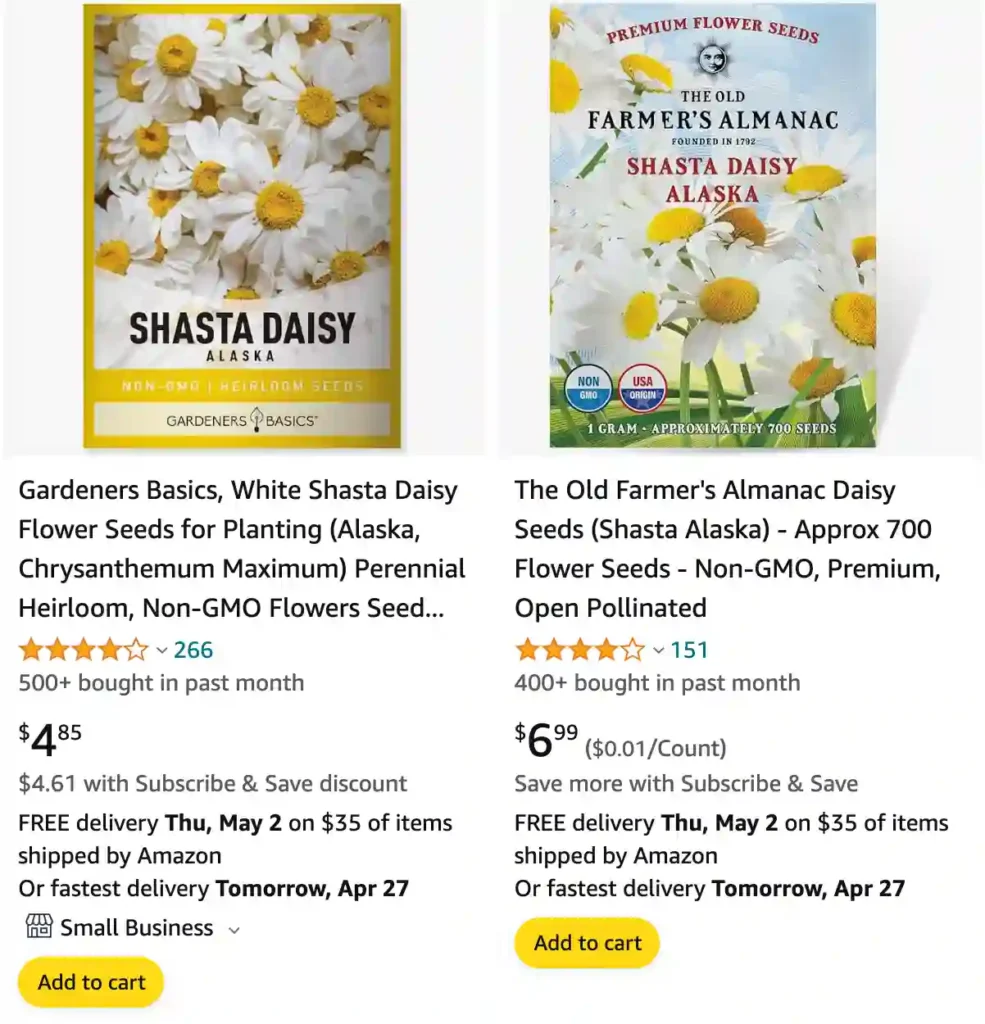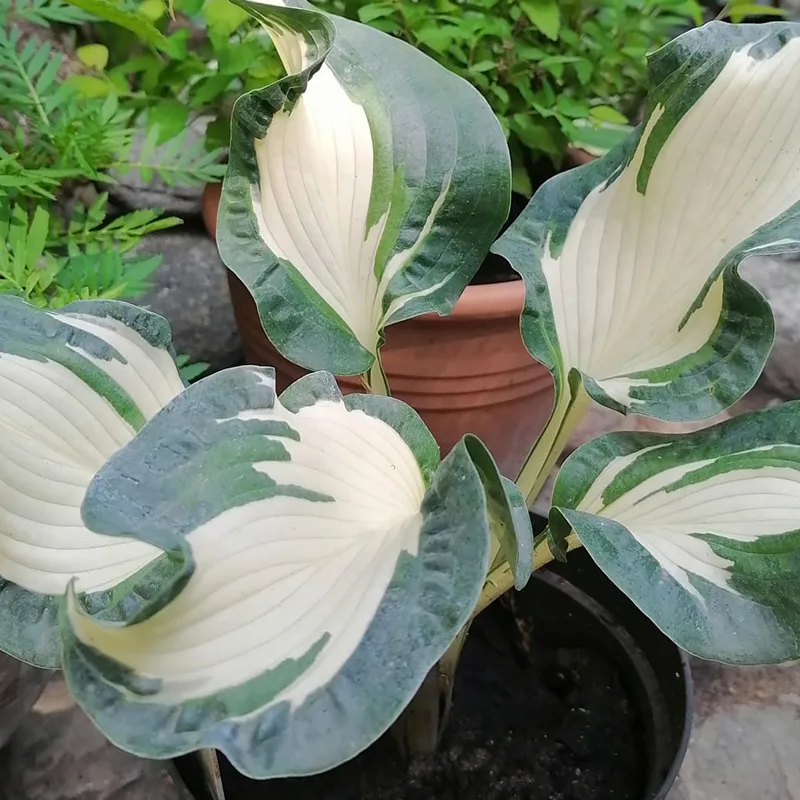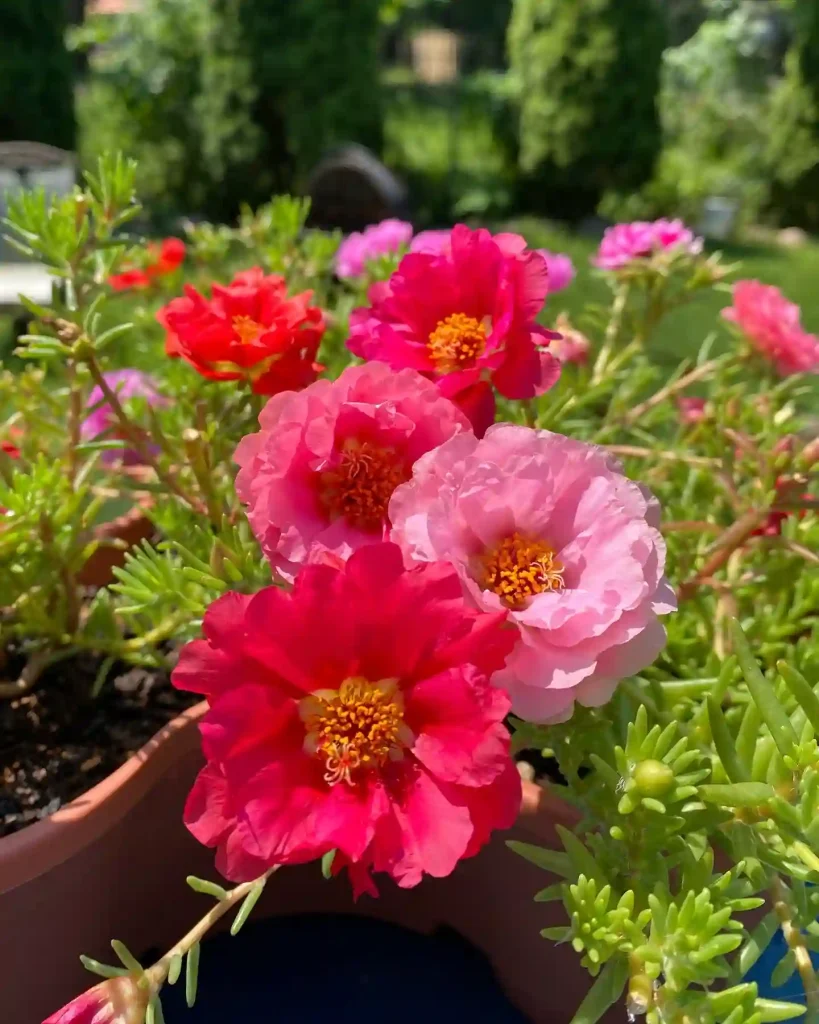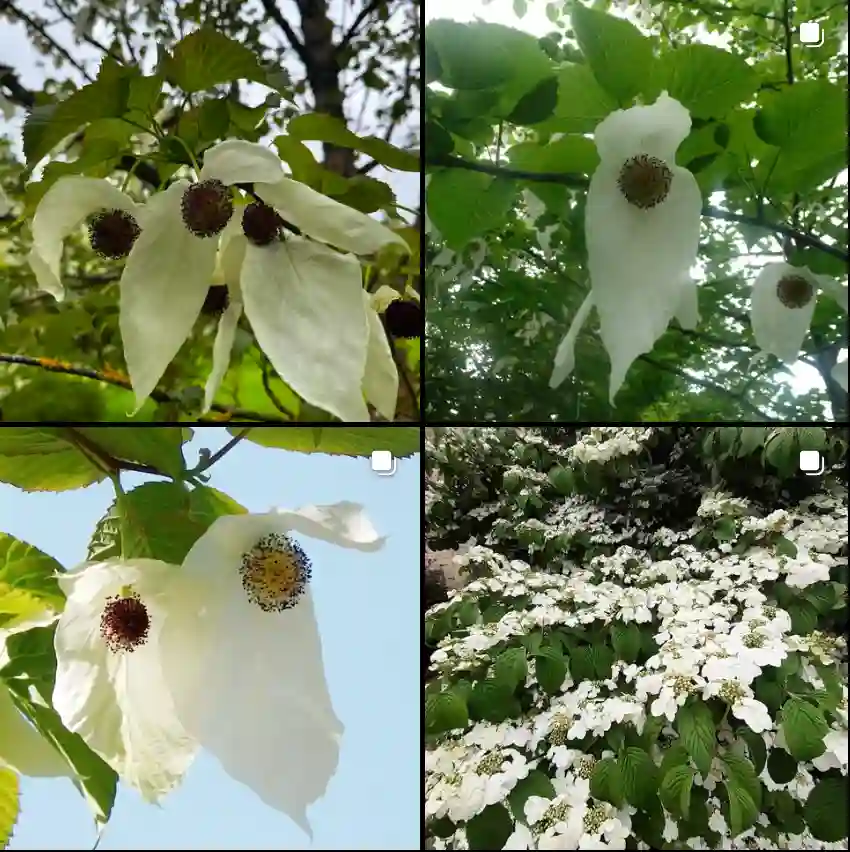
Shasta Daisy vs Oxeye Daisy
When it comes to daisies, I’ve found that Shasta Daisies have this classic charm with their big, white petals and bright yellow centers. They’re sturdy and have a wildflower feel that I really enjoy. Oxeye Daisies, on the other hand, remind me of countryside meadows with their smaller, simple white petals and bright yellow centers. They give off a more delicate vibe compared to Shasta Daisies.
Shasta Daisy vs Montauk Daisy
Between Shasta Daisies and Montauk Daisies, I lean towards Shasta Daisies for their larger blooms and longer blooming season. Montauk Daisies have a unique silvery-green foliage that stands out, but I prefer the more traditional look of Shasta Daisies in my garden.
Shasta Daisy Becky vs Alaska
Shasta Daisies Becky and Alaska are both beautiful varieties, but Becky stands out to me with its larger flowers and sturdy stems. Alaska has a more delicate appearance with slightly smaller blooms. Both are lovely, but Becky’s robust growth and classic look make it a winner for me.
Shasta Daisy Becky vs Snowcap
Shasta Daisies Becky and Snowcap are both fantastic choices, but I find Snowcap’s pure white petals and compact size incredibly charming. Becky, while beautiful, tends to sprawl a bit more in my experience. Snowcap’s neat appearance and prolific blooming make it a standout in any garden.
Shasta Daisy vs Black Eyed Susan
Shasta Daisies and Black-Eyed Susans offer contrasting looks in the garden. Shasta Daisies have that iconic white and yellow daisy look, while Black-Eyed Susans bring in warm, golden tones with their dark centers. Personally, I like mixing them to create a vibrant, contrasting display.
Shasta Daisy vs Chamomile
Comparing Shasta Daisies with Chamomile, I appreciate Shasta Daisies for their larger size and longevity in bloom. Chamomile has a delicate, dainty appearance that adds a softness to the garden, but Shasta Daisies make a bolder statement with their robust blooms.
Shasta Daisy vs Common Daisy
Shasta Daisies and Common Daisies have a similar look but different growth habits. Common Daisies, like those you find in the wild, have smaller flowers and a more natural, informal growth pattern. Shasta Daisies are larger and more structured, making them ideal for more manicured garden beds.
Shasta Daisy vs Gerbera Daisy
Finally, Shasta Daisies and Gerbera Daisies both bring vibrant color to the garden, but they have distinct differences. Gerbera Daisies come in a wider range of colors and have a more refined appearance with their sleek petals and long stems. Shasta Daisies, with their larger, more traditional daisy appearance, add a cheerful, rustic charm to garden borders and bouquets alike.
How to deadhead shasta daisies?
I usually deadhead my shasta daisies by snipping off the faded flowers just below the flower head. This encourages more blooms and keeps the plant looking tidy throughout the growing season.
Are shasta daisies perennials?
Yes, shasta daisies are perennials in my garden. They come back reliably each year, growing larger and producing more flowers as they establish themselves.
Do deer eat shasta daisies?
In my experience, deer have not shown much interest in eating my shasta daisies. They seem to prefer other plants in my garden, so my daisies have been safe from deer browsing.
Do shasta daisies spread?
Yes, shasta daisies can spread over time, especially if they are happy in their growing conditions. They gradually form clumps and can expand their presence in the garden if left undisturbed.
When do shasta daisies bloom?
My shasta daisies typically bloom in late spring to early summer, usually from May to June. They provide a burst of white blooms that brighten up the garden during this time.
What do shasta daisy leaves look like?
The leaves of shasta daisies are dark green, deeply lobed, and somewhat toothed along the edges. They form a dense basal rosette, making a nice contrast to the tall flower stalks.
Are shasta daisies poisonous to dogs?
From what I know, shasta daisies are generally not considered toxic to dogs. However, as with any plant, it’s a good idea to monitor pets around them to prevent any potential ingestion issues.
How to care for shasta daisies?
I care for my shasta daisies by planting them in well-draining soil and giving them full sun to partial shade. Regular watering to keep the soil evenly moist during the growing season helps them thrive.
When to plant shasta daisy seeds?
I usually plant shasta daisy seeds in early spring, as soon as the soil can be worked and temperatures are consistently above freezing. This gives them a good start to establish before the heat of summer.
How long do shasta daisies bloom?
Shasta daisies bloom for several weeks in my garden, typically from late spring well into early summer. Deadheading spent flowers prolongs their bloom period.
Do rabbits eat shasta daisies?
In my garden, rabbits have occasionally nibbled on the leaves of my shasta daisies, especially when other food sources are scarce. Protecting young plants with fencing or repellents can help deter them.
What to plant with shasta daisies?
I like planting shasta daisies with other sun-loving perennials like lavender, salvia, or ornamental grasses. They complement each other well and create a vibrant and varied garden landscape.
If i die, water my plants!



